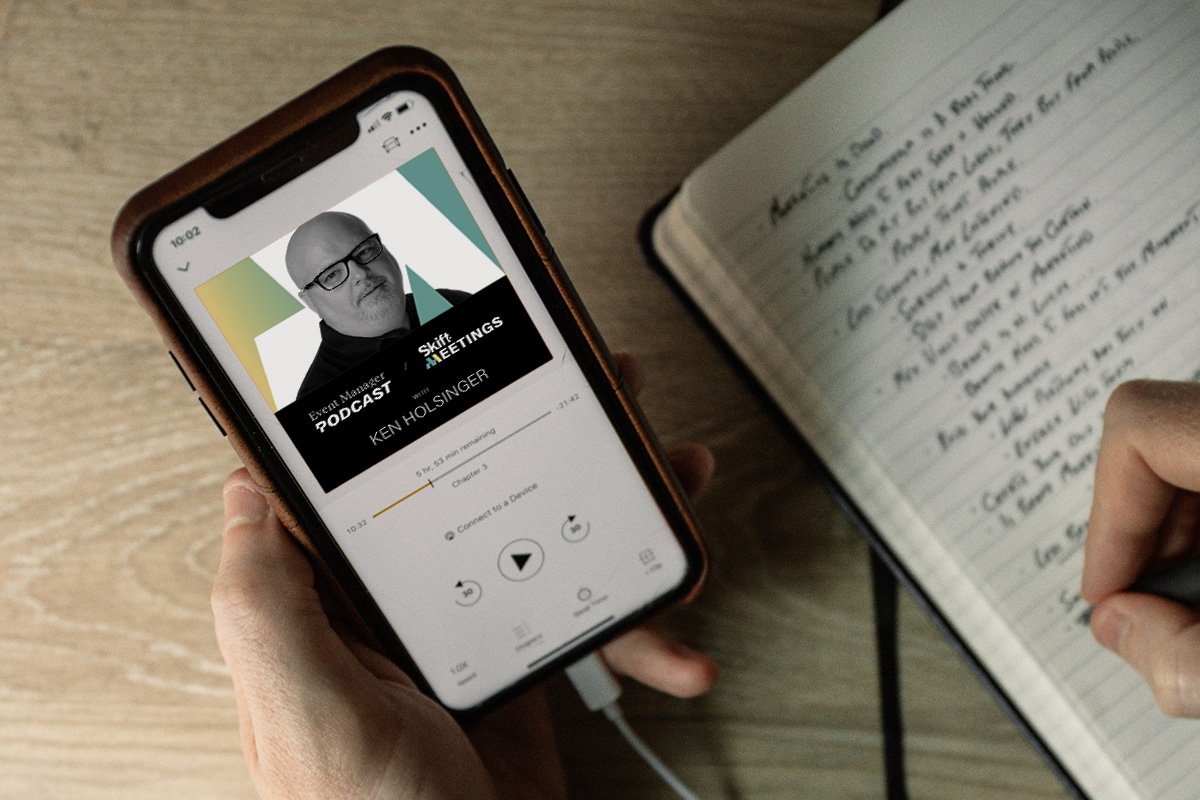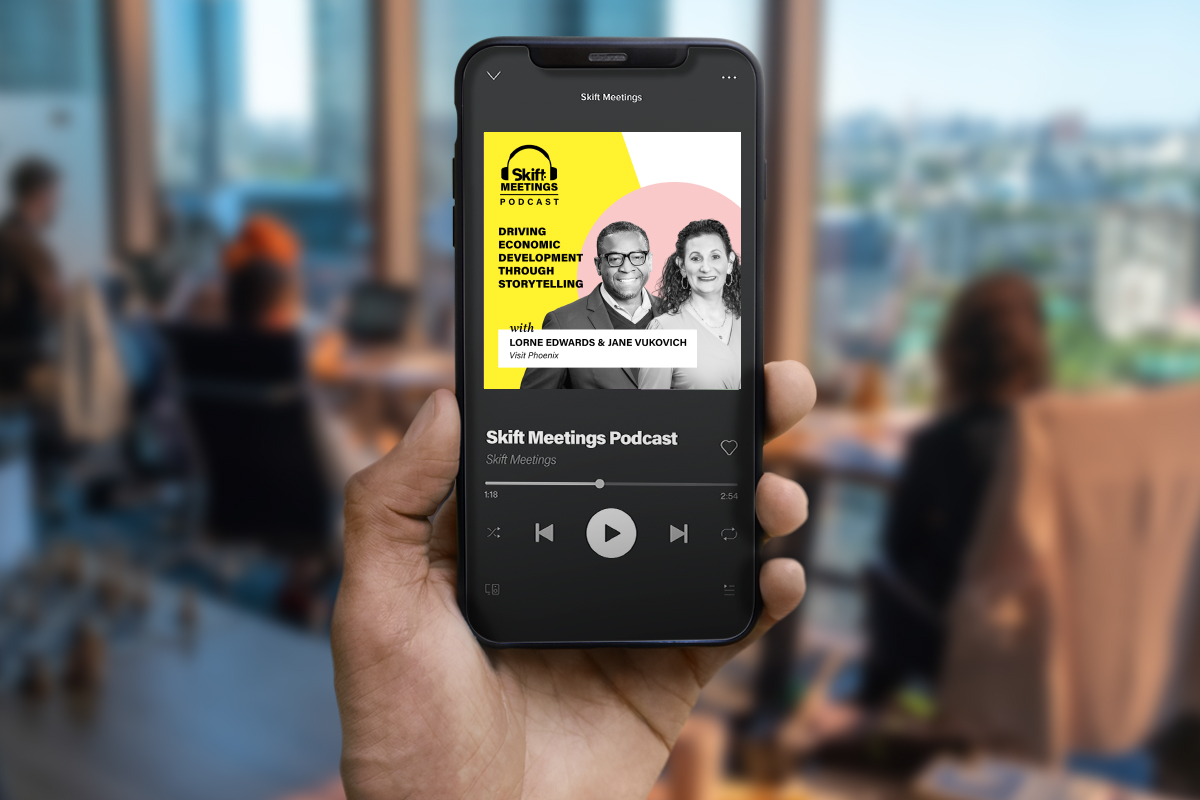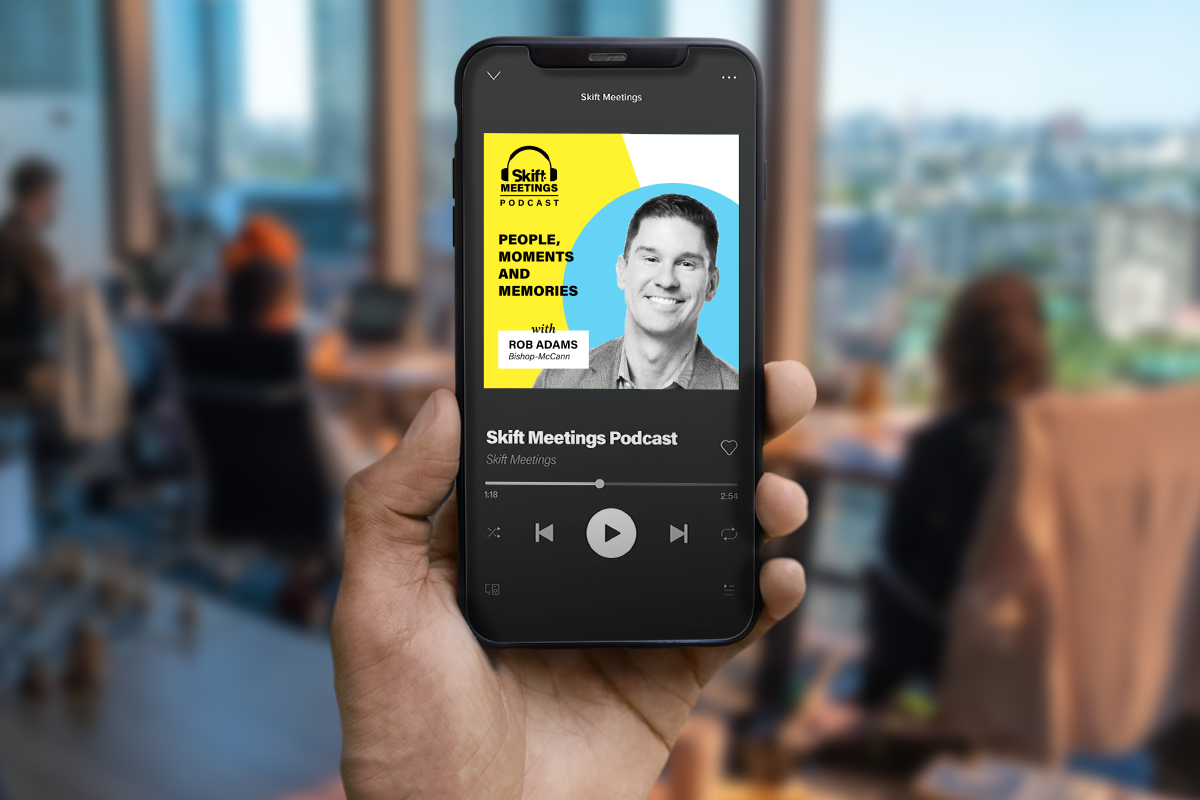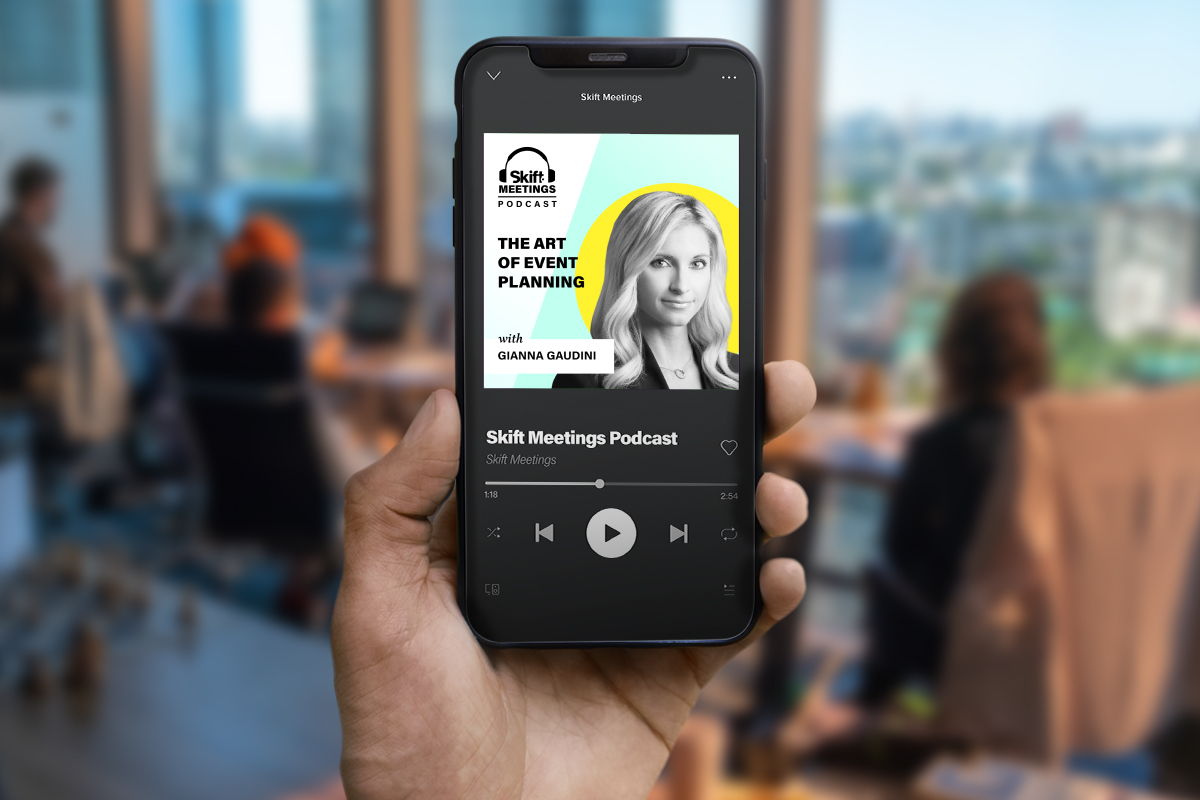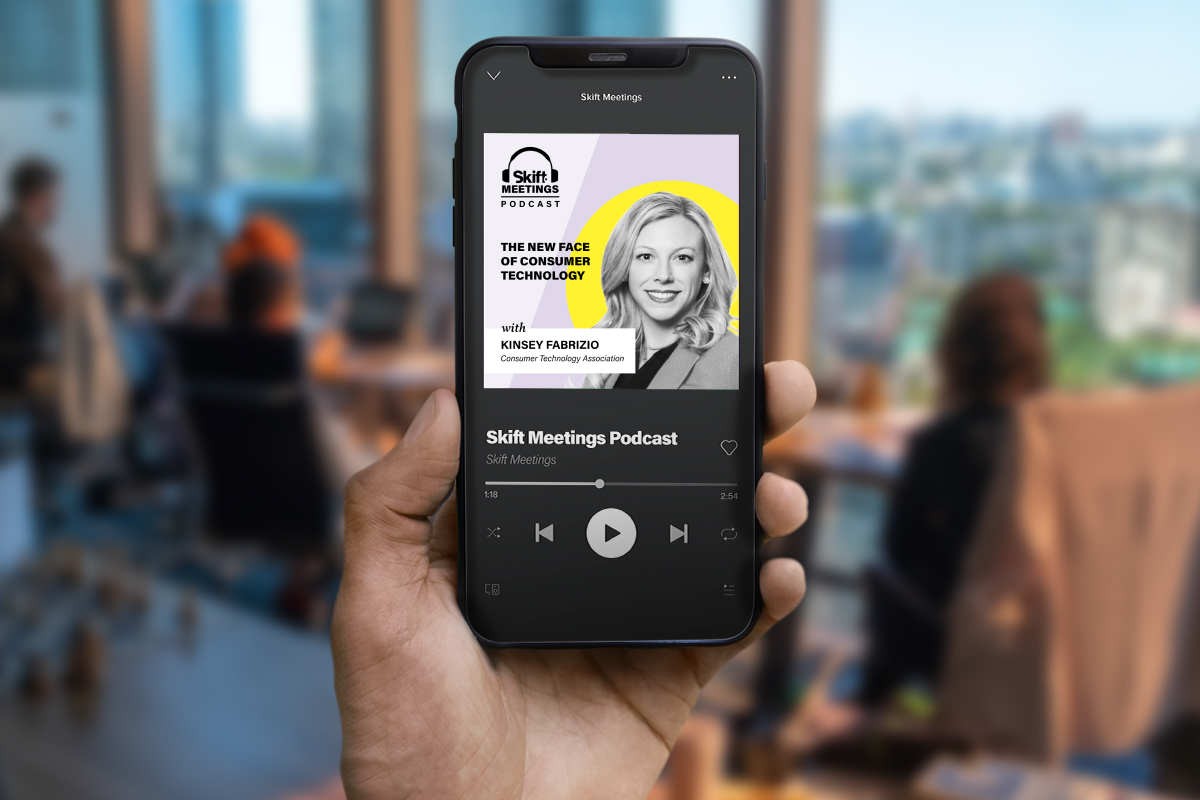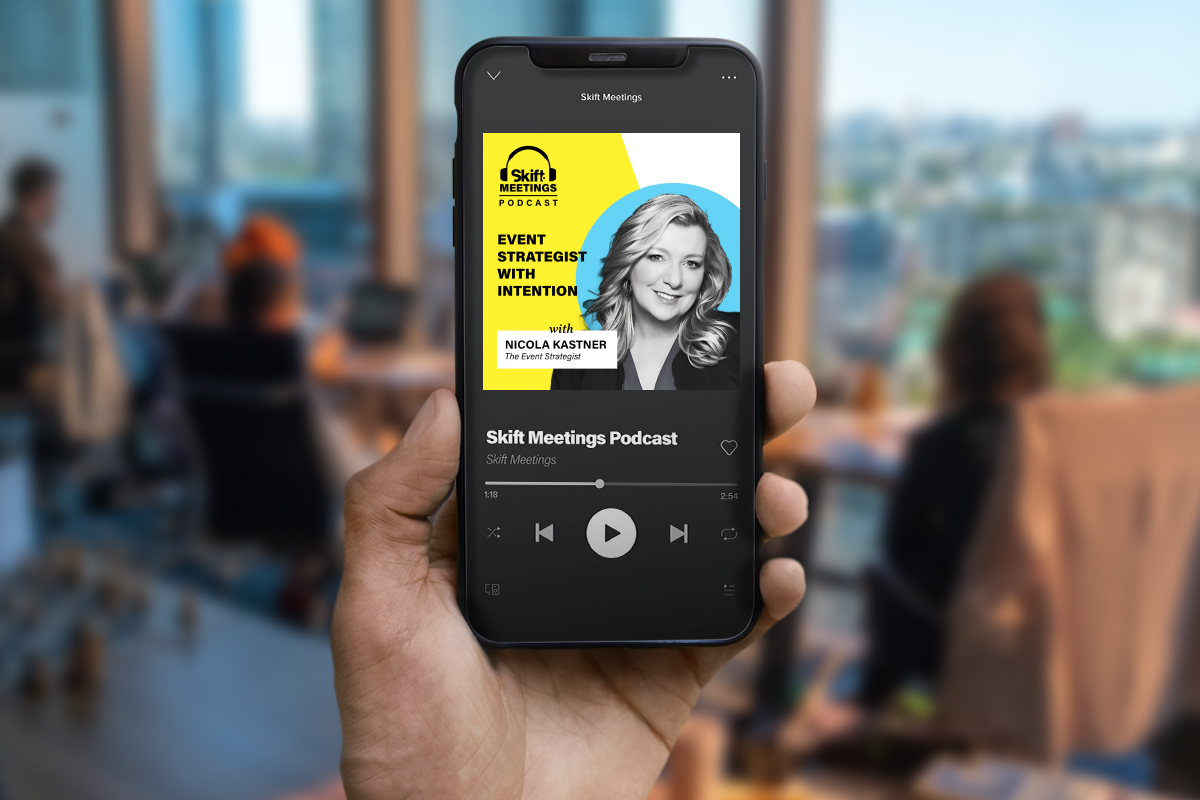Skift Take
Gathering audience data is key to understanding the priorities of meeting attendees. Through analyzing and interpreting both sentiment and behavior data we can improve the way meetings are designed.
Ken Holsinger, senior vice president strategy at Freeman shares meeting attendee research and discussed new audience priorities.
Holsinger has had a varied career which began in audiovisuals before moving into software. He led a large startup that focused on the content and production side of health care which released the first content delivery video app on the iPad the day it launched. He then launched an audience interaction company called klowd.com, that brought together mobile technology and audience interaction and helped facilitate presentations.
Subscribe to the Skift Meetings Podcast: Apple Podcasts | Spotify | Overcast | Pocket Casts | Google Podcasts | Amazon | RSS
Holsinger sold klowd.com to Freeman, who still uses part of the product, but has always been fascinated with data and the power of asking questions to a large number of people in real time during a live events. He is particularly interested in understanding the type of content that engages the audiences and keeps their attention.
In Holsinger current work with data, it is important to differentiate between sentiment data and behavior data. For example, between 70 and 90 percent of attendees say that having access to on-demand content from a virtual event is important to them, this is the sentiment data. However, Holsinger states that only around 10 percent actually use the on demand features of a platform, which is the behavior data. It is important to match both the sentiment and behavior data as it can help you understand where to put your efforts. Use sentiment data in your marketing, but use behavior data to help you match your budget and operational commitments.
Freeman’s tracks audience attendance quarterly. In the spring of 2022 attendance across all sectors was at 65 percent. Between May and late September there was a significant growth in the overall attendance, now reaching 84 percent across all sectors. Holsinger breaks down these numbers and provides some insights on what he thinks this might mean, noting that Freeman’s research focuses on large meetings and conferences.
Many of us may be aware that there is a merging of our business and personal lives and interests. Holsinger notes that this has been a development over the last 15-20 years with the pandemic accelerating this shift. In a recent survey, 75 percent of respondents said it was important that their professional and personal relationships and interests overlapped or aligned. The 25 percent that of were not interested in this overlap or alignment, were primarily boomers, born between 1946-1954. Holsinger expects that moving forward, this new reality will require marketers to reconsider how they attract event attendees.
Holsinger encourages meeting professionals to continue to understand who our audience is, learn from our them, and consume as much information as we can to assist in our decision making. We have to accept that things will continue to keep shifting, often at a pace many will find uncomfortable.
To hear more of Holsinger’s insights, data points and more, head to your favorite podcast app. Want to ensure you never miss an episode? Hit subscribe in your app to be notified of every new episode!
